No Wrong Door: Improving Care Coordination on the White Earth Reservation
DASH Project Spotlight: White Earth Nation WECARE Implementation Project
Circle of Life Academy students in the White Earth community participating in snow snakes activity (Photo taken by Gary Padtra)
Lead agency: White Earth Reservation Tribal Council
Partners/collaborators: Circle of Life Academy School, Indian Health Service Clinic, White Earth Early Childhood/Child Care Program
The challenge
The long-term effects of poverty can be seen in the health and wellness challenges faced by the people living on or near the White Earth Reservation—a primarily Native American community of 9,000 people in rural northwest Minnesota. The reservation includes three counties, one of which is listed as one of the state’s poorest counties, contributing to troubling health disparities like high rates of diabetes and substance abuse issues.
About six years ago, the White Earth Nation’s Tribal Council identified the need to share data and information among Tribal programming to better serve the community members. Because agencies were working in siloes, some families were getting the same health screenings from several different programs, leaving them confused and overwhelmed. In order to provide the best services for the people of White Earth, it was clear that a unified, concerted effort to share data between primary care and community support programs was needed.
The opportunity
Several years of planning and development led to WECARE (White Earth Coordination, Assessment, Resource and Education)—a care coordination database system that provides an efficient and effective way to link families to the services they need. The process is initiated when a client fills out a WECARE assessment, indicating their interest in a wide range of community services. From there, an electronic referral is automatically sent to the appropriate programs.
With funding from Data Across Sectors for Health (DASH), the White Earth Reservation Tribal Council is working to expand implementation of the WECARE model to multiple tribal and non-tribal partners, enabling connections between primary care, home health, education, early childhood programs, and human services.
A key component of WECARE is that there is no wrong door through which a client can obtain a referral to services. According to Project Director Cyndy Rastedt:
“A client can go into any of the tribal programs and get an assessment done—whether it’s housing, health care, Head Start, financial planning, the gym—anywhere.”
For example, a client came in for car seat education and then completed the WECARE assessment, indicating their interest in quitting smoking. That client was then automatically connected to a smoking cessation program and medication. WECARE makes it possible to reduce paperwork and increase staff time to listen to the voices of families and create an active role for the client in their case management. Project Co-Director Kim Turner noted:
“It’s not the program telling people what they need to work on or how they feel they need to improve their health. We find better outcomes when the client recognizes those needs themselves and wants to work on them.”
Engaging sectors to work together
For WECARE to make a lasting impact, several different sectors need to work in partnership, with the client at the center of the care team. Initially, the WECARE team thought one of their biggest hurdles would be engaging community partners, since changing organizational work processes requires a significant investment of time and effort.
To their surprise, as they started discussing the WECARE model in informal conversations, they were met with eagerness and enthusiasm. They found that many partners were receptive because they saw the day-to-day struggles of families firsthand. The Circle of Life Academy will be able to help their student’s succeed by working with the whole family thru the WECARE process. Similarly, the Indian Health Services Clinic is eager to implement WECARE at their facility because they see the potential value of sharing data in helping patients address their social and medical needs. All of the partners involved in the WECARE collaboration have a seat at the table, providing feedback during monthly meetings on how to best implement the program.
Another strategy that has helped the team generate buy-in is having great educators who can mobilize support for WECARE. Rastedt stressed the importance of having staff who can effectively highlight the benefits of WECARE to a wide range of community partners with different interests and priorities. With 800 people working in various programs on the reservation, this is not an easy task. Having champions who are excited about the program’s potential and can communicate its value to different sectors has been instrumental in building momentum.
Looking to the future
In addition to helping address the socioeconomic challenges of the people of White Earth and improving their care, client-driven data is collected and informs future planning for the tribe. It will be used to analyze existing programs and services so leaders can make well-informed decisions that reflect community needs.
According to Turner, being part of the DASH initiative has generated a lot of interest in WECARE and opened up new doors. The team is excited about the impact it will have on the reservation and the potential for their model to help other organizations and communities. Turner commented:
“WECARE was designed to expand outside of the tribe into county agencies, community agencies, school districts in our area, and county hospitals. We have also presented to other tribal governments and they are very interested in it. It could easily be adapted to other areas.”
Integrating medical and community data is an important first step in reducing disparities, and WECARE provides a community-based model for addressing Native Americans’ health needs as well as their basic human needs.

